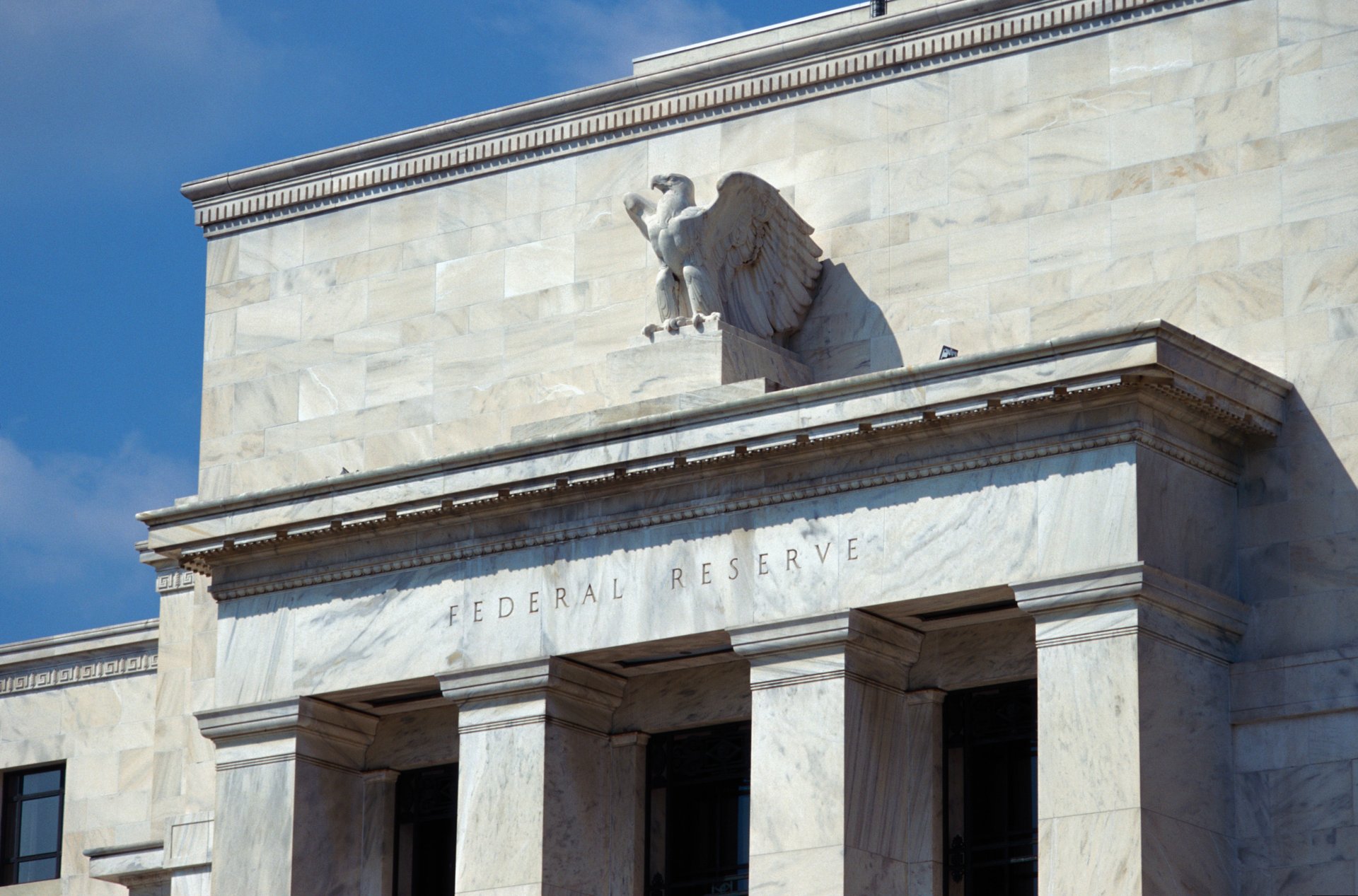Big banks could weather even a severe recession — but they'd lose $685 billion, the Fed says
The Federal Reserve gave all 31 major U.S. banks passing grades on its annual stress test

The 31 largest U.S. banks are in good condition to handle even a severe recession, and would stay well above minimum capital requirements, the Federal Reserve Board found in its annual stress test.
Suggested Reading
The results, published Wednesday, show that banks would lose a whopping $685 billion in an economic downturn, steeper losses than a year prior.These charges include $175 billion in credit card losses, $142 billion in losses from commercial and industrial loans, and nearly $80 billion in losses from commercial real estate, the Fed said.
Related Content
Michael Barr, the Fed vice chair for supervision, attributed this to riskier balance sheets and higher expenses. Bigger credit card and corporate losses, as well as higher expenses and lower fee incomes to offset those declines are the main drivers behind this year’s larger losses.
“The goal of our test is to help to ensure that banks have enough capital to absorb losses in a highly stressful scenario,” Barr said in a statement. “This test shows that they do.”
Read more: JPMorgan, Citigroup, Bank of America, and Goldman Sachs have weaknesses in their bankruptcy plans
JPMorgan Chase said in a statement Thursday that the Fed overestimated a measure of its income, and that the losses should be “modestly higher” than what was reported.
How does the test work?
The central bank establishes the banks’ positions by estimating their capital levels (i.e. how many assets they have on hand), losses, revenue and expenses, using banks’ data as of the end of last year.
Banks are then evaluated under the conditions of a severe global recession. That includes a 40% plunge in commercial real estate prices, a “substantial increase” in office vacancies, and a 36% decline in house prices. In the scenario, the unemployment rate soars to 10% and economic output falls by the same amount.
The Fed began to carry out stress tests back in 2011, in the aftermath of the 2008 financial crisis. After the largest U.S. bank failure in history, and several costly bailouts by the federal government, the tests were introduced to ensure banks could withstand similar shocks in the future. While banks breeze through the assessment today — thanks to significant capital cushions they’ve built up in the past decade — many struggled to earn passing grades in earlier years.